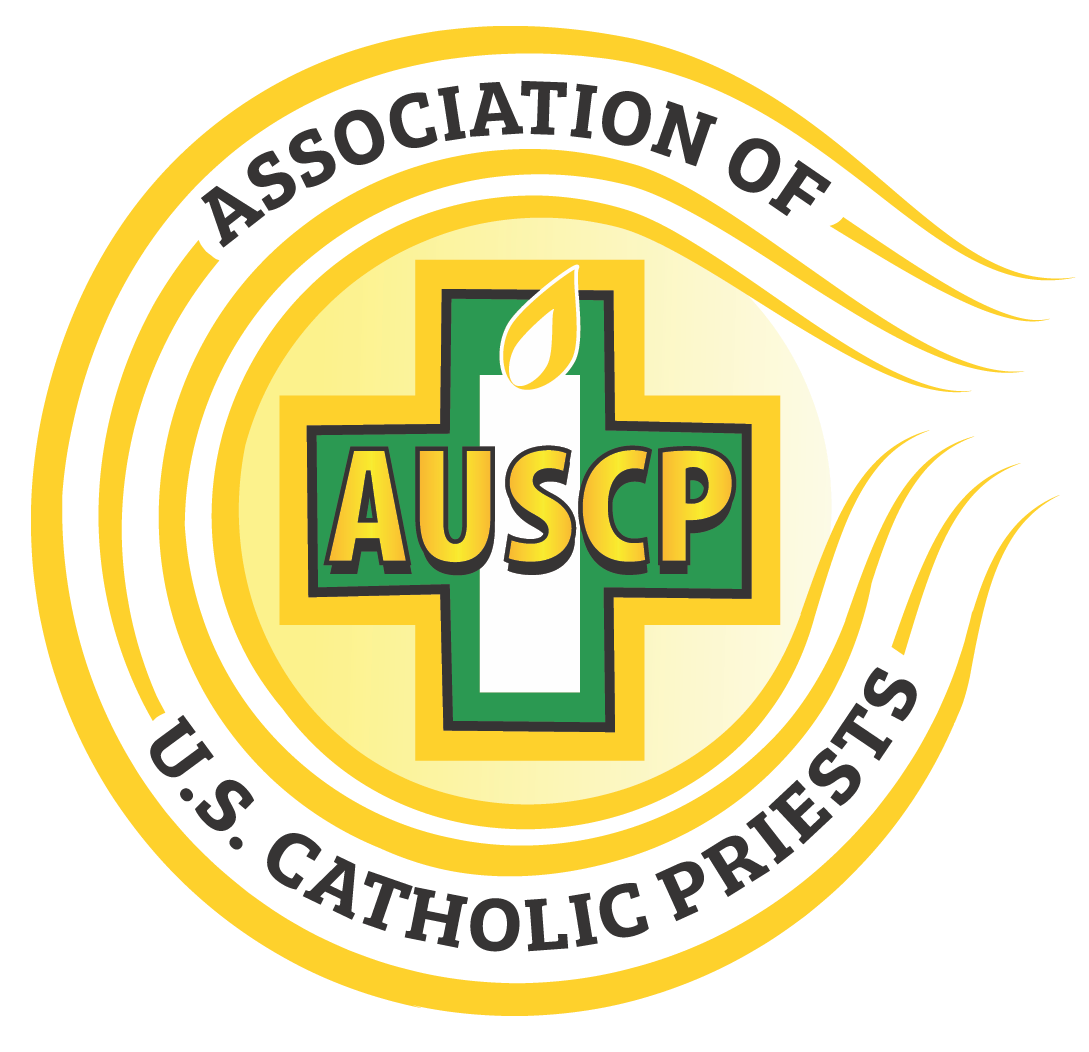St. Patrick (389-461), the patron saint of Ireland, remains one of the most popular saints even among those who are not Irish. In his mid teens, Patrick, the son of a public official in Roman Britain, was captured by Irish pirates and held in captivity for six years herding livestock. After these grueling years as a slave, Patrick apparently escaped or was freed, and in an extremely arduous journey made his way back to Britain. Transformed by his horrendous experiences, Patrick did some rudimentary theological studies, was ordained a priest and around 435 was sent back to Ireland where he became bishop of Armagh. From there, he mounted successful missionary journeys around the country, which set the stage for Ireland becoming a predominately Catholic country, which it still is today.
The potato blight that hit Europe in 1845 was especially devastating to the Irish, who were so dependent on potatoes for their daily diet. During the seven-year potato famine in Ireland, an estimated 1 million died and another 2 million emigrated. Many traveled to the United States on a miserable month-long voyage where they encountered a strong Nativist prejudice that claimed Catholics had a higher allegiance to Rome and could not be good citizens.
Despite these obstacles, Irish immigrants kept coming to the United States, as many as 4.3 million by the 1920s, when stricter immigration laws took effect. Given the discriminatory hiring practices, symbolized by the prevalent sign “Irish need not apply,” the early immigrants took the menial jobs they could find, such as cleaning houses and digging canals. The second-generation Irish born in the United States gradually moved up the socio-economic ladder by getting better paying jobs as teachers and factory workers and by gaining political power, so much so that by 1900 Irish Catholics were serving as mayors of New York, Boston and other large cities. This political progress reached a high point in 1960 with the election of John F. Kennedy as the first Catholic president, which signaled the acceptance of Catholics in American life. In his campaign, Kennedy emphasized his strict adherence to the separation of church and state and played down his personal commitment to his Irish Catholic faith. When Kennedy visited Ireland in June of 1963 he spoke exuberantly of his Irish heritage and the role Irish immigrants played in shaping American democratic institutions. The president’s sisters said they never saw their brother happier than when visiting their ancestral home.
Six decades later in 2020 when Joe Biden was elected the second Irish Catholic president, anti-Catholicism was no longer a major challenge and he felt freer to express his faith publicly if he wished. In his Inaugural Address, the 46th president quoted his favorite Irish poet, Seamus Heaney, who wrote once in a lifetime a “tidal wave of justice will rise up and hope and history will rhyme.” During his years in the White House, he never missed Sunday mass. He carried a rosary in his pocket signaling his devotion to the Blessed Mother. He had a picture of Pope Francis in the oval office and in October 2021 met privately with the pope who told Biden that he was “a good Catholic and should continue to receive communion.” In April 2023 President Biden made a four-day visit to Ireland where in a speech to the legislature he declared: “I am at home here” and added “I wish I could stay longer.”
The sons of St. Patrick also gained leadership positions in the U.S. Catholic Church, so that by 1900 over 60 percent of American bishops were of Irish descent. Among the most influential was Cardinal James Gibbons (1834-1921), the Archbishop of Baltimore, who became an advocate for American labor unions and helped convince Pope Leo XIII to support the right of workers to organize in his ground breaking social encyclical Rerum Novarum. The active support of Cardinal Gibbons and many other bishops and pastors for the rights of workers won the respect of various Catholic ethnic groups, each with its own history, saints and accomplishments.
About the Author
Fr. James J. Bacik has served as a priest of the Diocese of Toledo since his ordination in 1962. He is a widely regarded theologian, writer, lecturer and pastor who served as campus minister and adjunct professor of humanities at the University of Toledo for more than 30 years. Fr. Bacik is an AUSCP member. Visit his website at frjimbacik.org.
